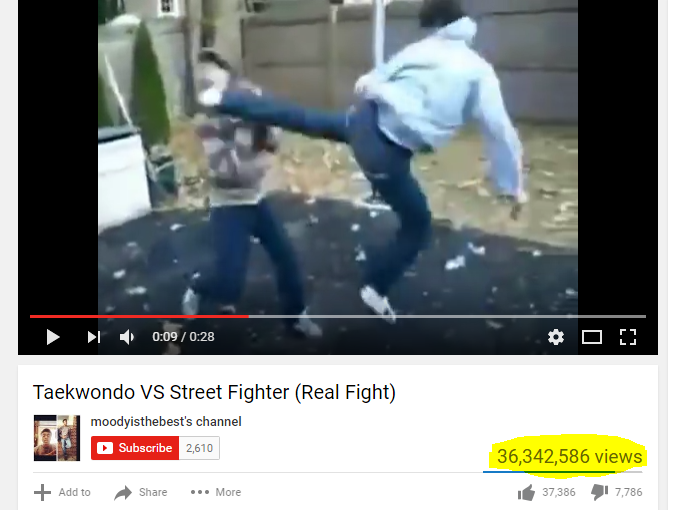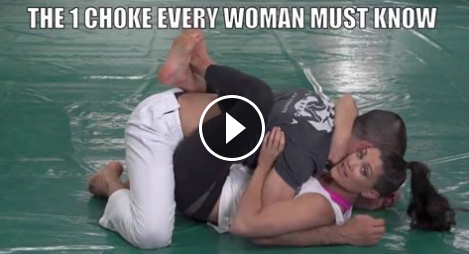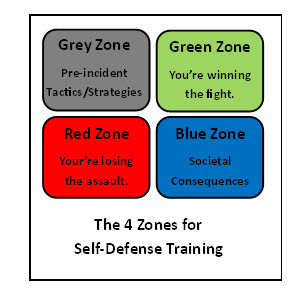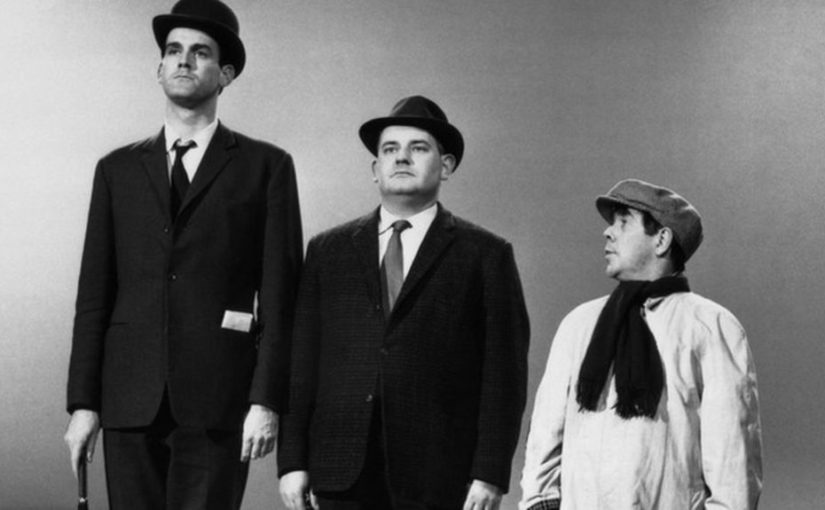As someone who has a deep interest in conflict management and self-defense, the subject invariably comes up in many of my conversations.
I bump into people on a regular basis who also show an interest in personal safety. They indicate their interest by stating that they:
- Carry some type of weapon.
- Took a martial art at some point in their lives.
- Are very aware of their surroundings
- Know how to read people.
- Took a self-defense class.
I agree that these are all very important aspects of self-protection. So we have a common interest.
But that where our common interest ends. Because they tell me that they are “good” at where they are at. They don’t need or want anything more. They have no interest in further education and training on the subject. They are all set.
It’s not that they don’t want anything from me. They don’t want anything from anybody else either. Why? Because they don’t need it for the reasons stated above.
They recognize the importance of personal safety. But they feel that they have achieved a high enough level of competency, such that further improvement on the subject is not needed.
Mind you, this is a different belief than those who feel no need to be concerned about personal safety. That is another Ball of Wax. For instance, if you carry a weapon, then it is safe to assume that you have a significant concern about your personal safety.
The people that make these statements are not dumb. They are smart and capable people. And in their judgement, they are competent in the realm of personal safety.
Rather than focusing on them, I am more curious about the origin their beliefs. How do people whose very statements display a lack of knowledge of the complexities of violence and self-defense come to believe in their own competency? What is the basis for their belief?
These are intelligent people. But what metric do they judge their competency against? How do they evaluate their skills?
For example, if you carry a gun and have taken single firearms training course, what forces have conspired to lead you to believe that you have now reached personal safety competence? The same goes for carrying a knife, having taken a self-defense class, or achieving some martial art ranking.
In my opinion, these people have been duped by the self-defense industry in particular, and by society in general. In their desire to market their self-defense products, many in the self-defense industry make grandiose claims of how easy it is to protect yourself once you take X class or buy Y product.
This same industry tells you that the others who don’t do X or buy Y are merely helpless Sheep. While simultaneously convincing you that you are worthy of the Sheep Dog designation. It’s those other people are the unaware and fearful masses. But not you. You are good to go.
My response to that is:
REALLY?
Do they really have any idea about the cluster f— of human complications that surrounds incidents of violence and self-defense, particularly when a weapon is involved?
Yes, a weapon is a force multiplier. It is also a bad judgement multiplier. It makes it easier for you to injure or kill someone by your error of judgment and/or lack of skill. It makes it easier for you to go directly to jail and not collect $200 as you pass GO. And it will take more than the loss of a few turns to get out.
And it’s not their fault! Their belief in the infallibility of their weapon, their training, or their martial art didn’t originate from them.
They were feed a seed. It was implanted in their head. And now it has grown to a full sized unshakable belief.
They went shopping for a solution for Danger Management, but were sold a solution for Fear Management. They were provided with a product that solved their Fear problem. Fear exists in your head. But danger exists in the environment. But now that their Fear problem has been solved in their heads, they are not concerned with real Danger in their environment.
And as a practical matter, the odds are that it will not matter. Statistically, unless they live in certain areas or engage in certain activities, they are unlikely to have the need to defend themselves in the manner that they think they can.
It’s like they are playing Russian Roulette with a revolver with an unimaginably enormous barrel. A barrel so big they can’t even count the many chambers for the bullets. And all the chambers are empty, but one.
For most people this modified game is Russian Roulette will work out fine. But given the Law of Large Numbers, there are a few that will make an unfortunately spin and their belief in their self-defense competency will be shattered like a dropped wine glass on concrete.
May the odds be ever in their favor.









